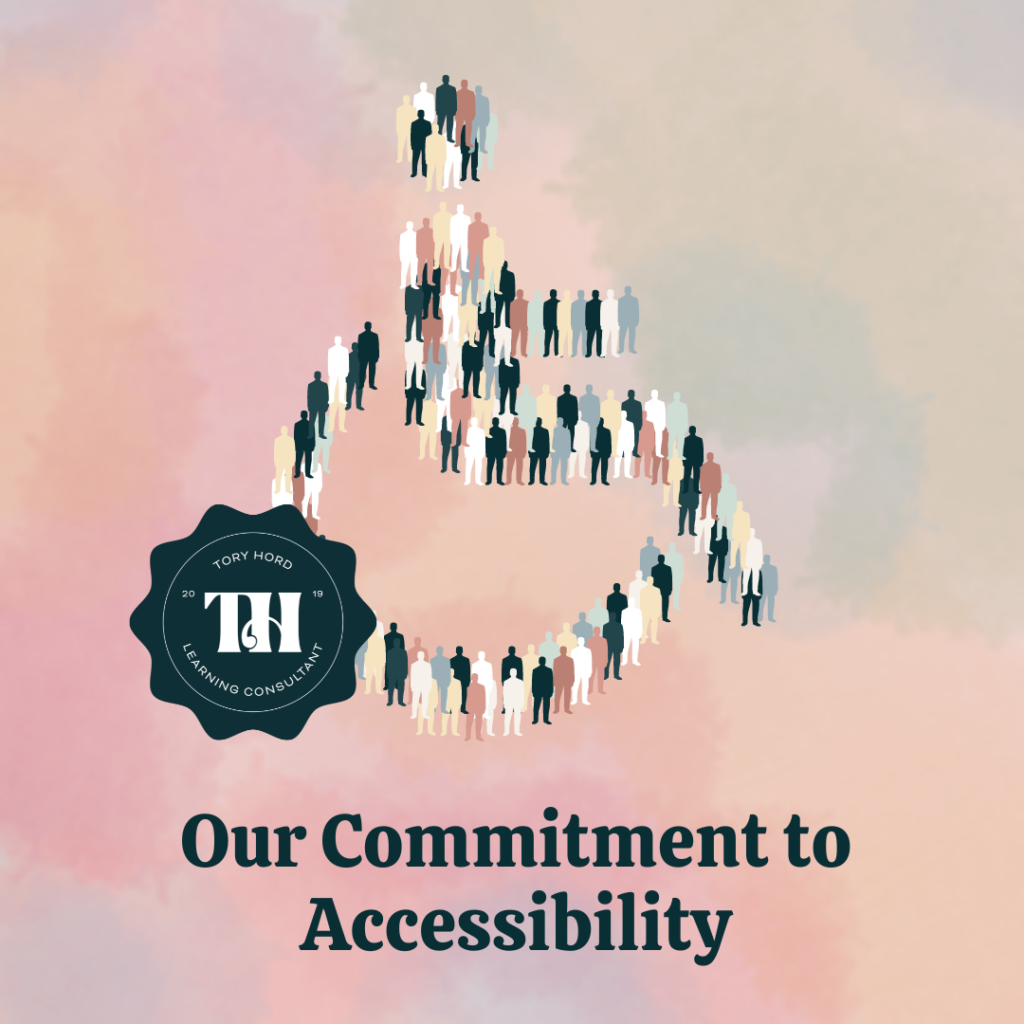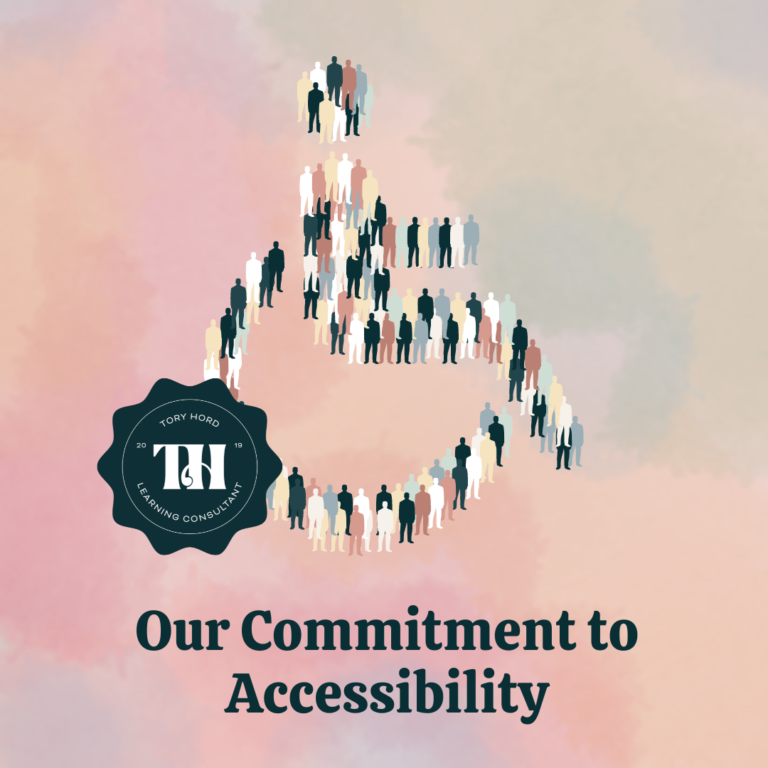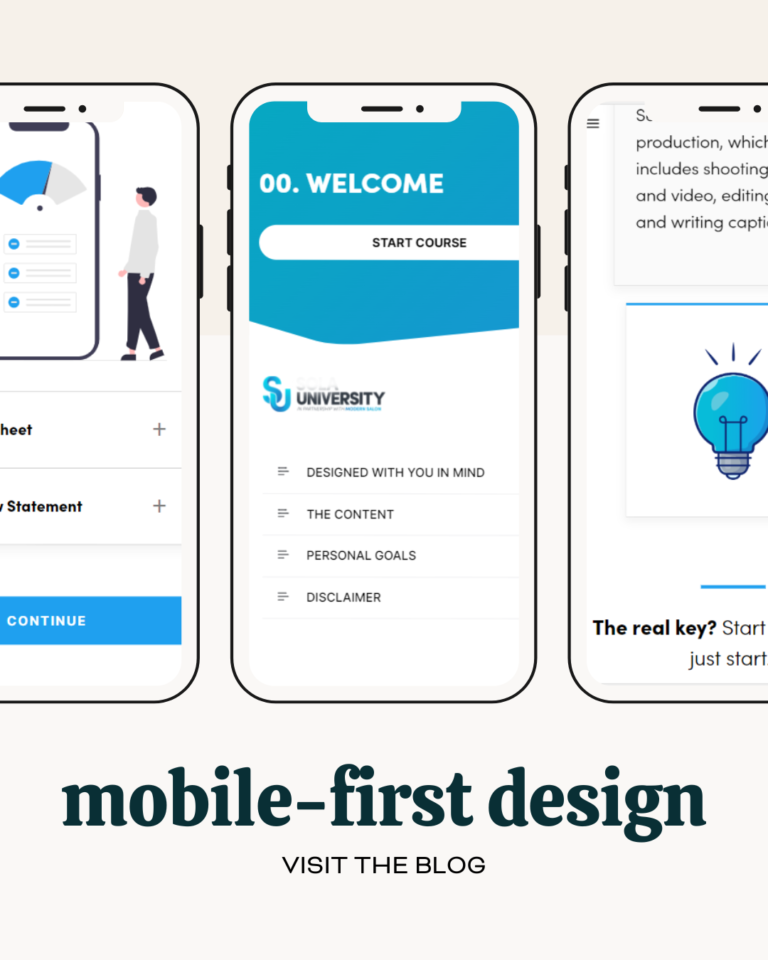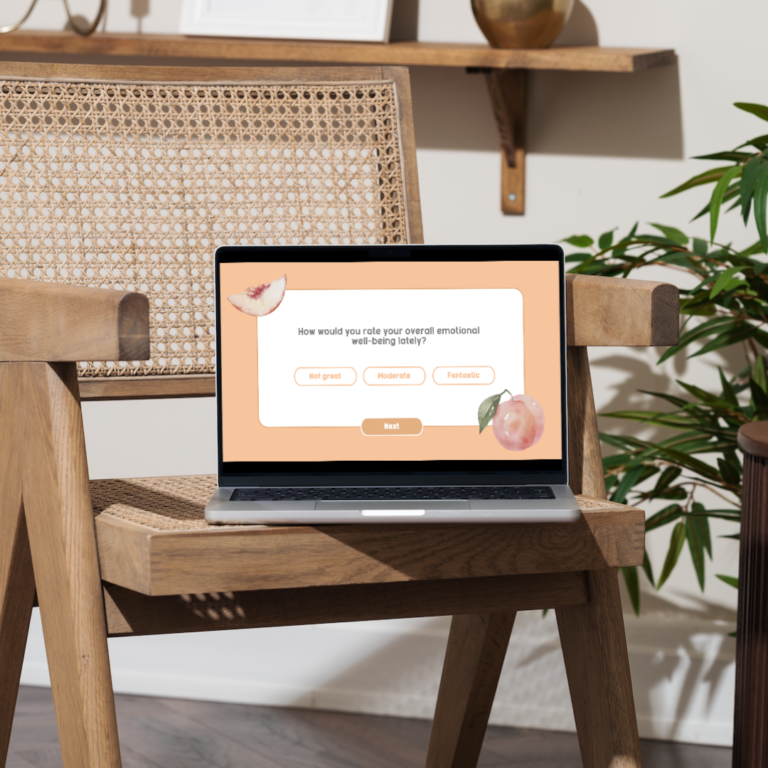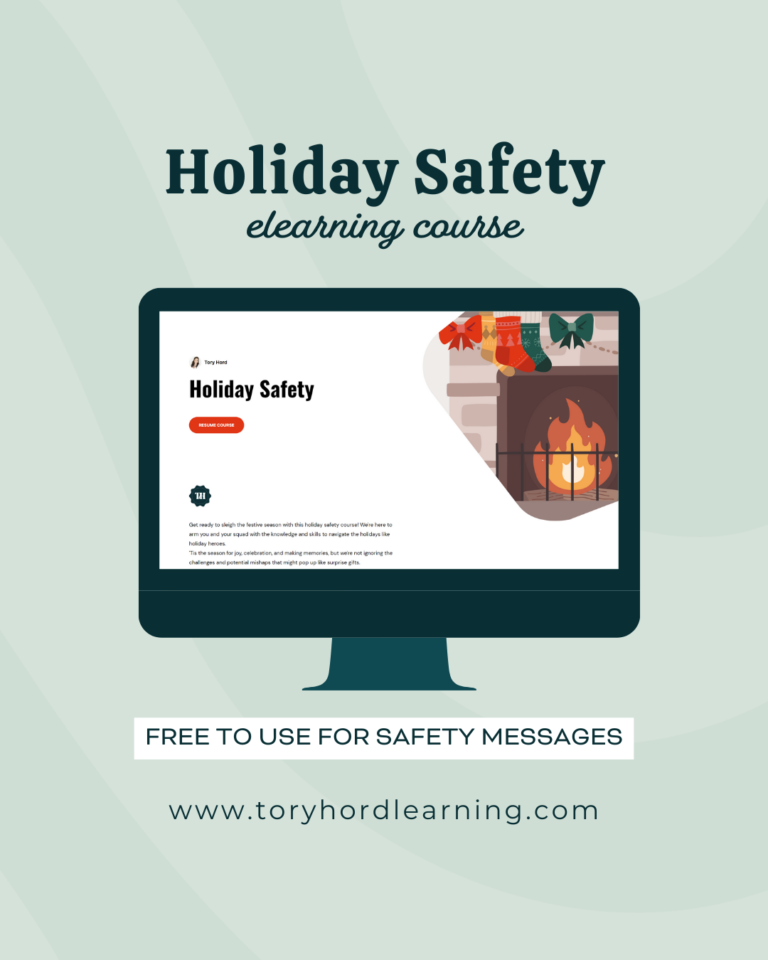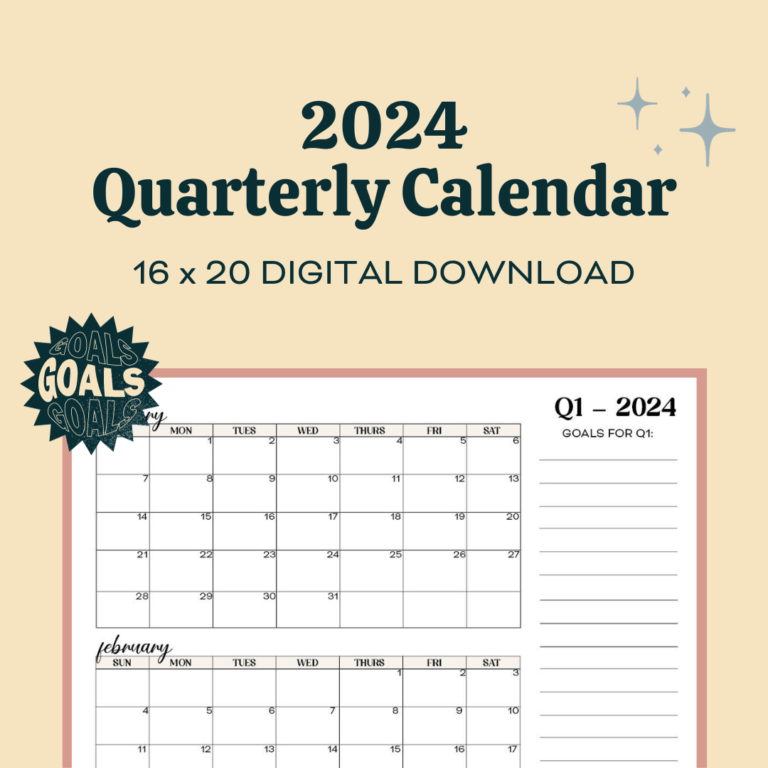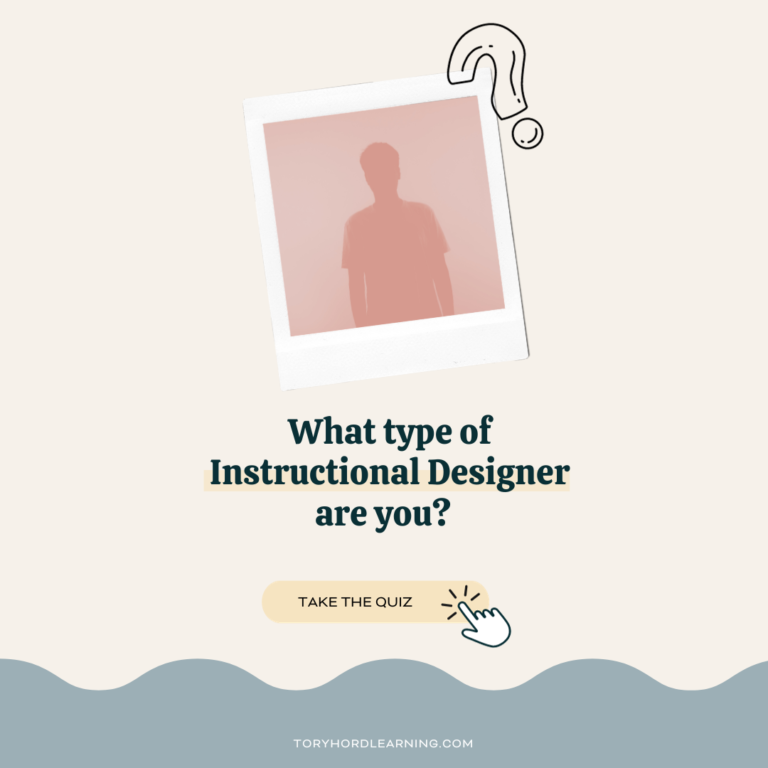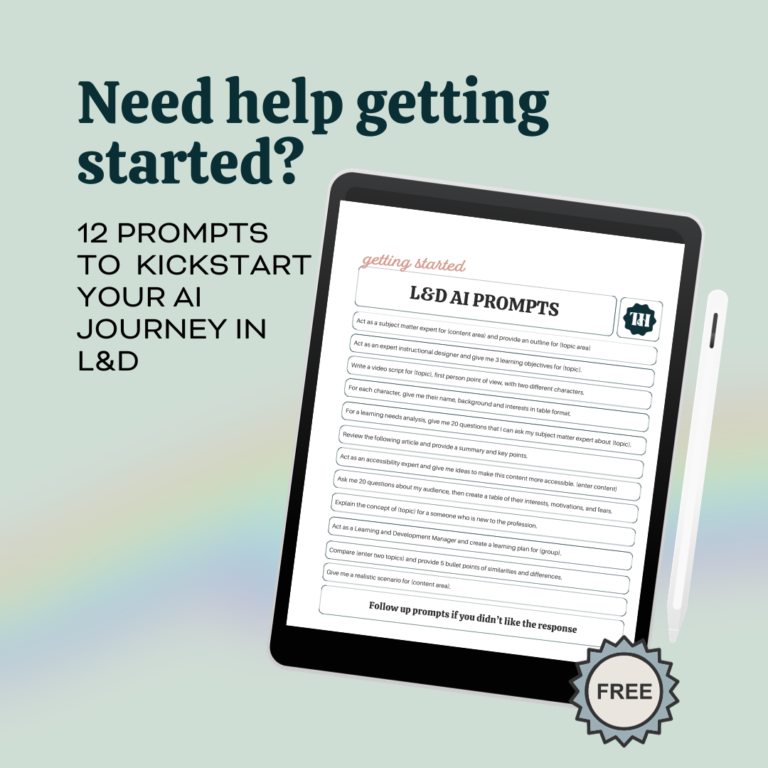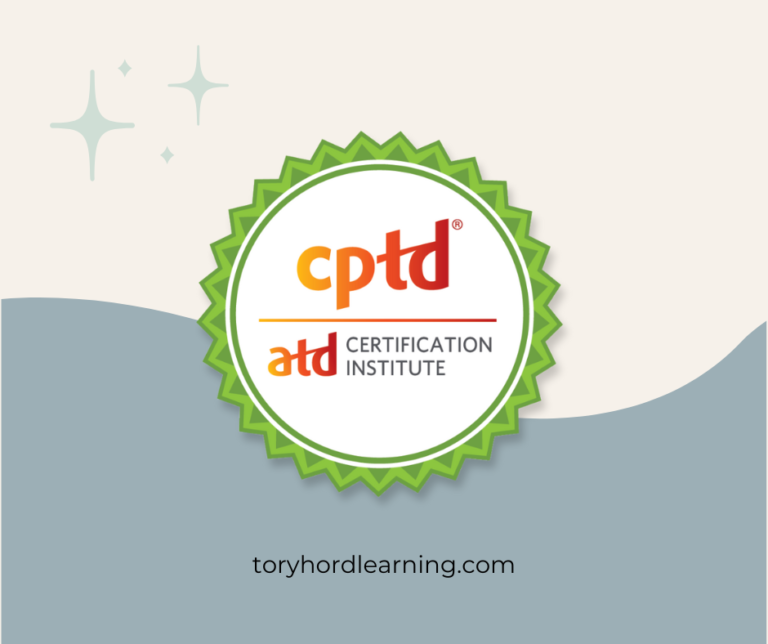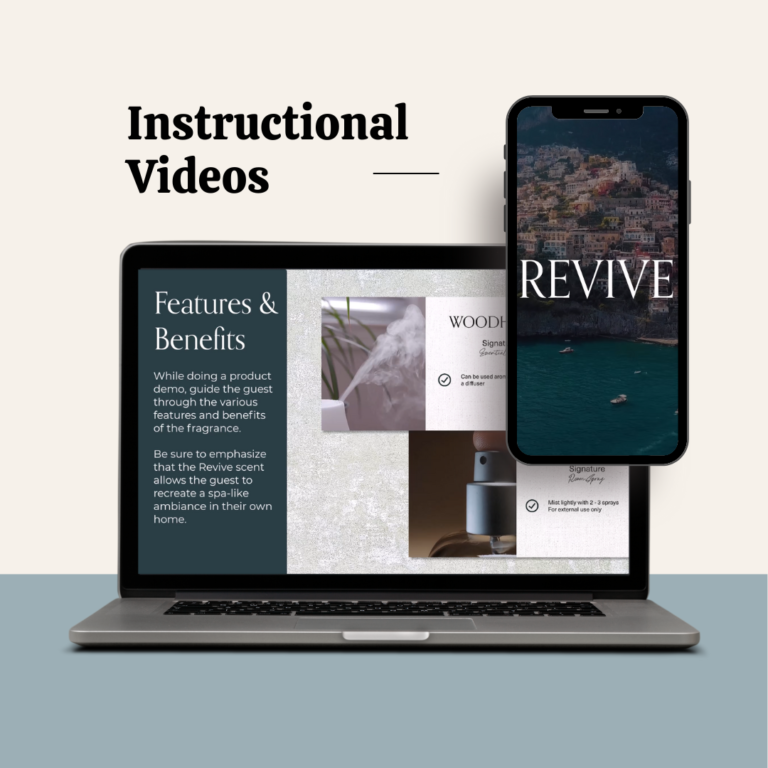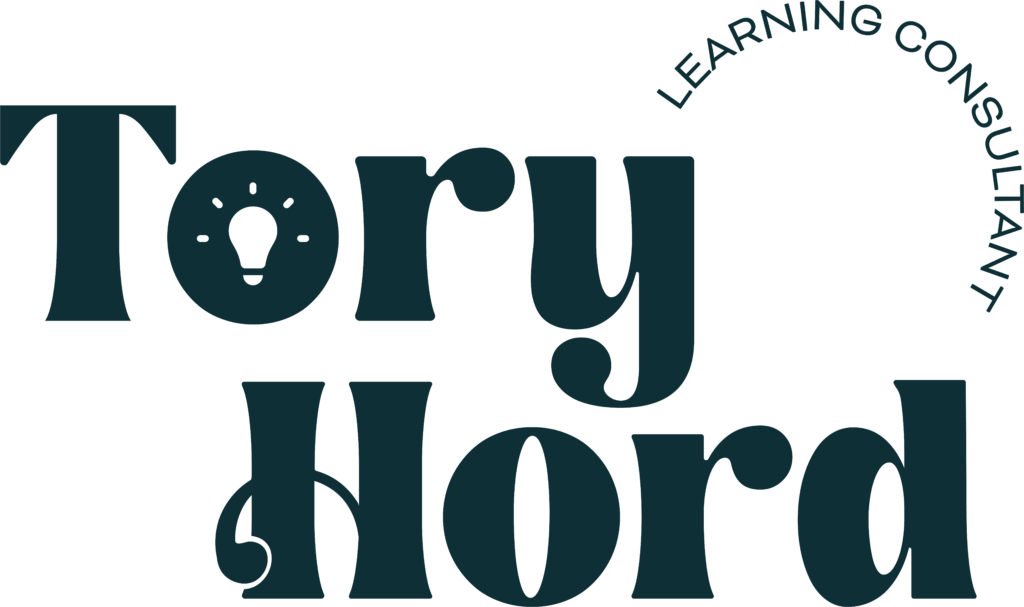In recent years, the importance of accessibility in digital content has gained significant attention. From websites to mobile applications, ensuring that everyone, regardless of ability, can access and navigate digital content is not just a matter of compliance but also one of ethics and inclusivity. This principle holds particularly true in the realm of e-learning, where accessibility can significantly impact the learning experience for individuals with disabilities.
Understanding Accessibility in E-Learning
Accessibility in e-learning refers to designing and developing courses that can be accessed and used by individuals with a wide range of abilities and disabilities. This includes but is not limited to visual, auditory, physical, speech, cognitive, and neurological disabilities. By ensuring accessibility, e-learning platforms can cater to a diverse audience, including those with visual impairments, hearing impairments, motor disabilities, learning disabilities, and more.
The Importance of an Accessibility First Mindset
An accessibility first mindset includes prioritizing accessibility considerations right from the initial stages of course development. Rather than treating accessibility as an afterthought or something to address only if mandated by regulations, it involves proactively integrating accessibility features into every aspect of course design. This approach not only ensures compliance with accessibility standards but also fosters inclusivity and improves the overall user experience for all learners.
Key Principles of Accessibility First Design
- Universal Design: Strive to create content that is usable by the widest possible audience without the need for adaptation or specialized design. Universal design principles focus on simplicity, clarity, and flexibility, making content accessible to everyone from the outset.
- Multiple Modalities: Incorporate various modalities such as text, images, audio, and video to accommodate different learning styles and preferences. Providing alternative formats ensures that learners can access content in a way that best suits their needs.
- Clear Navigation and Structure: Organize course content in a logical and intuitive manner, making it easy for users to navigate and locate information. Clear headings, descriptive links, and consistent layout enhance usability for individuals using screen readers or other assistive technologies.
- Alt Text and Descriptive Labels: Provide descriptive alternative text for images and multimedia elements to convey their content and context to users who cannot see them. Similarly, use descriptive labels for form fields and interactive elements to assist users in understanding their purpose and function.
- Captioning and Transcripts: Include captions for audio and video content to make it accessible to individuals who are deaf or hard of hearing. Additionally, provide transcripts for multimedia content to offer an alternative means of accessing information for those who cannot view or hear the content.
Benefits of Prioritizing Accessibility
- Increased Reach: By designing courses with accessibility in mind, e-learning platforms can reach a broader audience, including individuals with disabilities who may have otherwise been excluded from accessing educational content.
- Improved Learning Experience: Accessible design enhances the learning experience for all users, not just those with disabilities. Clear navigation, organized content, and alternative formats contribute to better comprehension and retention of course material.
- Legal Compliance: Adhering to accessibility standards ensures compliance with regulations such as the Americans with Disabilities Act (ADA) and the Web Content Accessibility Guidelines (WCAG), reducing the risk of legal issues and discrimination claims.
- Ethical Considerations: Prioritizing accessibility reflects a commitment to inclusivity and social responsibility, aligning with ethical principles of equal access to information and education for all individuals.
Incorporating an accessibility first mindset into e-learning course design is not just a best practice but a moral imperative in today’s digital age. By embracing accessibility principles from the outset and integrating them into every stage of our course development, e-learning developers can create more inclusive, equitable, and effective learning experiences for all users. At Tory Hord Consulting, we strive to build a more accessible future where learning knows no boundaries.
